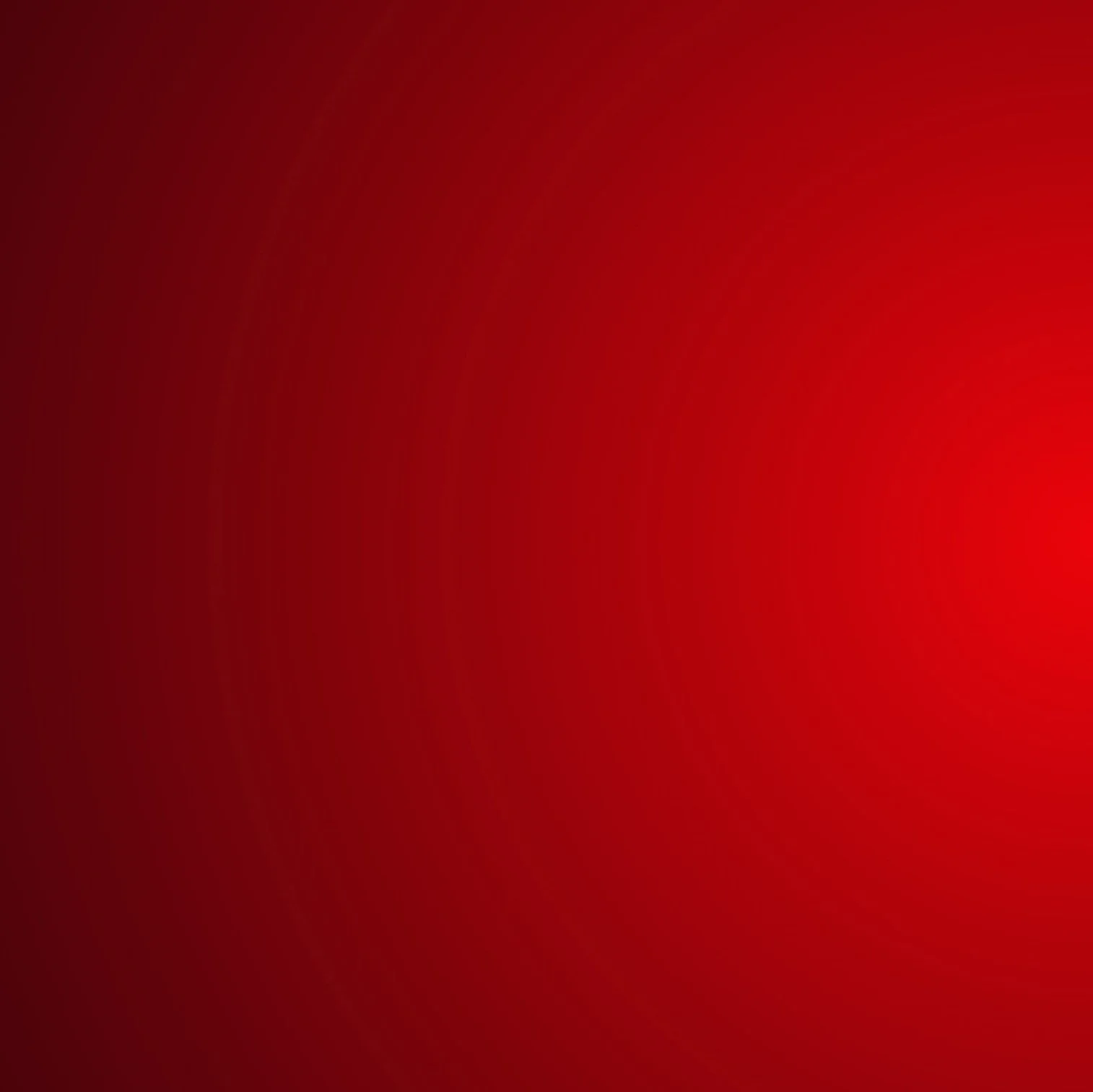
wall surface

H = healthy
Is the material safe?
D = durable
Will the material last?
C = conscious
Is the material sustainable?
Materials we actively promote.
Materials we like to use.
Materials we use.
Materials we try to avoid.
Materials we advocate against.
drywall & lath
Drywall is a generic term for a non-structural panel or sheet material used to cover interior walls and ceilings; drywall options include variants of gypsum board and magnesium oxide (MgO) board. We have included drywall’s historical 'wet' predecessor, lath & plaster.
lath and plaster
H — Historical non-board alternative to drywall, reduced mold concerns especially when metal lathe is specified, beautiful hand-applied textured surface, pairs well with natural plaster.
C — Reduced manufacturing compared to board products, is messy to demo and difficult to recycle, environmental impact varies based on type of plaster and sourcing.
D — Compared with drywall is harder, denser, a superior sound insulator, fire-resistant, moisture-resistant, vapor-permeable, easier to install on curved or complex forms, expensive, requires skilled installers, difficult to alter or repair.
gypsum board / paperless
H — Glass mat replaced paper facing, reduced mold threat occuring on paper backing on standard gypsum products, respiratory and eye protection still required during installation as with all wallboard products.
C — Manufacturing of gypsum is an energy and water-intensive process, reduced environmental concerns when a domestic product comprised of natural gypsum is specified.
D — Strong, noncombustible, resists warping, water absorption, and delamination, are easy to cut, texture may require additional joint compound, relatively expensive, appropriate for locations with a high humidity but not water contact.
magnesium oxide board (MgO)
H — Non-paper faced gypsum board alternative, naturally mold resistant, no VOCs or toxic ingredients required in production, important to look for products without chemical additives.
C — Magnesium oxide can be sourced from more abundant materials compared to gypsum, curing process captures carbon dioxide, recyclable, products often important from overseas adding to its carbon footprint.
D — Fire and insect-resistant, strong but prone to cracking, requires use of corrosive-resistant fasteners, relatively heavy and expensive, not common in the industry and may have a learning curve with new installers.
gypsum board / natural
H — Installing and sanding drywall creates dust, products may contain sulfur, mercury, VOCs and other health-harming contaminants, a high mold risk anytime moisture is present.
C — Mining carries an environmental impact, natural gypsum is a non-renewable resource, may contain metal impurities, can be recycled and made from high recycled content.
D — Lightweight, inexpensive, appropriate in dry conditions of living spaces where gypsum board is required, quick remediation is needed when exposed to high moisture through air humidity or water damage.
gypsum board / synthetic
H — Synthetic gypsum is a byproduct of coal production, may contain mercury a dangerous neurotoxin, a high mold risk anytime moisture is present.
C — Production involves processing gypsum containing chemicals from coal combustion, workers face exposure to these substances, relies on the mining of raw materials like coal, energy intensive to produce.
D — Inexpensive, easy to install, imported products may release sulfur gas which can corrode wiring and also a health concern, does not tolerate high moisture load areas well.
gypsum board / antimicrobial
H — Drywall treated with biocides or antimicrobial chemicals, contributes to lower indoor air quality and poses health risks to occupants, not appropriate for a healthy home.
C — Antimicrobial agents have been identified as carcinogens and mutagens, are toxic to aquatic life and ecosystems when released during manufacturing, not appropriate for a conscious home.
D — Paper-faced antimicrobial products may not be very effective, should not replace products better suited for wet environments, where needed use a paperless alternative or cementitious board.

backerboard
Backerboard is a substrate providing a stable and moisture-resistant surface for tile in wet areas like bathrooms, showers, and kitchens; backboard options include cement, fiber cement, glass mat gypsum, and styrofoam.
cement board
H — Benign once installed, no tile backer board is without health concerns during installation, use eye, respiratory and skin protection to protect from silica dust, chemical irritants, and allergens.
C — Involves extraction of raw materials including cement and sand, which can be resource-intensive, typically not recyclable, specify products that do not contain fly ash.
D — Dimensionally stable, durable, resistant to moisture, heavy, edges are prone to crumbling, good bonding surface, undamaged by water but not waterproof, suitable for wet areas.
fiber cement board
H — Similar to cement board with added cellulose fiber, cement products may contain PVC or phthalates plasticizers which can be difficult to find disclosure information on.
C — Similar concerns to cement board, production can be energy intensive and generate large amounts of waste, may contain chemical additives, cutting releases CO2 emissions, specify products that do not contain fly ash.
D — Lighter, less brittle, easier to cut but less strong than cement board, water resistant but not waterproof, smoother texture allows for paint or wallpaper finish, more appropriate for damp areas.
glass mat gypsum board
H — Inert once installed, use eye, respiratory and skin protection to protect from silica dust, chemical irritants, and allergens.
C — Production of glass fibers and gypsum have environmental implications in their manufacturing, may be recyclable depending on composition and coatings.
D — Good strength, resistant to moisture, lighter compared to cement backer boards, will soften if water gets behind the waterproof surface, best used in areas that are high moisture but not regularly wet.
foam board
H — Composed of either extruded polystyrene (XPS) or expanded polystyrene (EPS) foams, off-gassing is minimal once installed, sealants pose a health concern, workers and absorptive materials are exposed to VOCs on site.
C — Petroleum-based product, high global warming potential, foams are not easily recyclable, not biodegradable.
D — Lightweight, easy to handle and cut, conducive to complex forms, waterproof once seams are sealed, more expensive than cement alternatives, high performing and preferred by many installers from a durability perspective.










